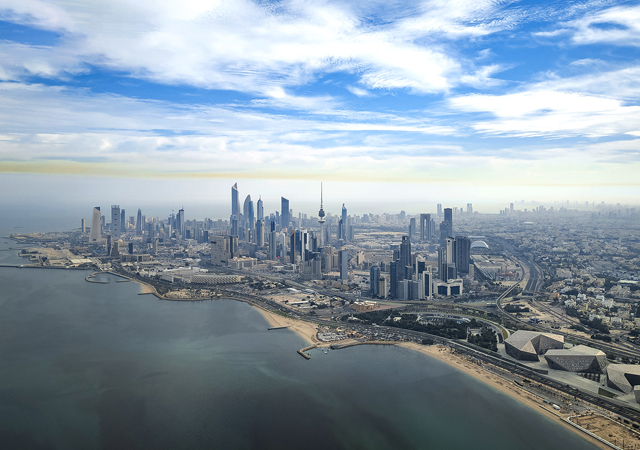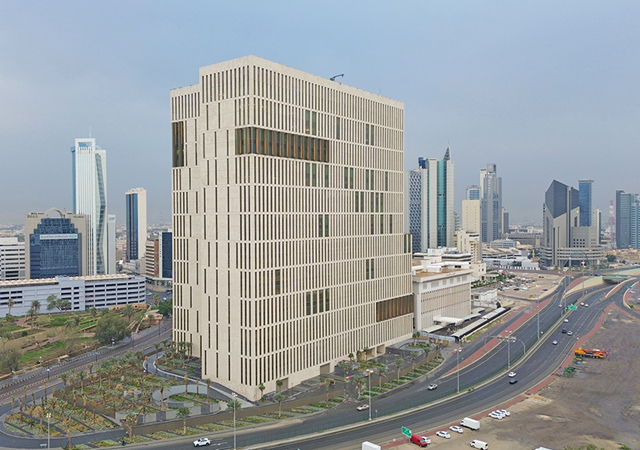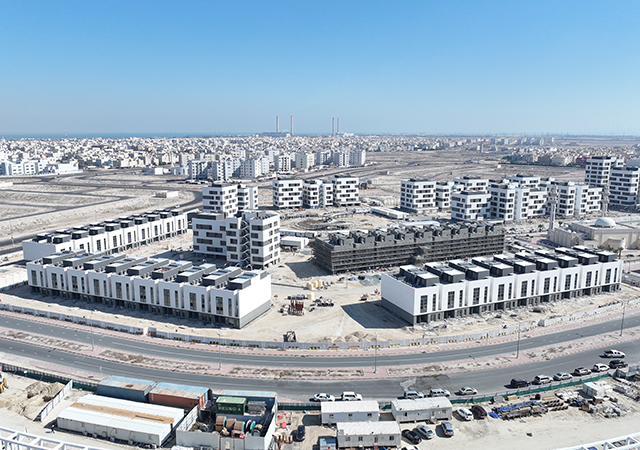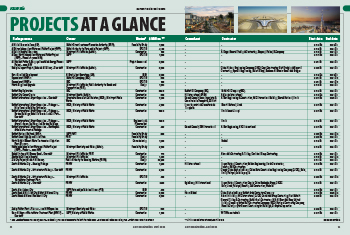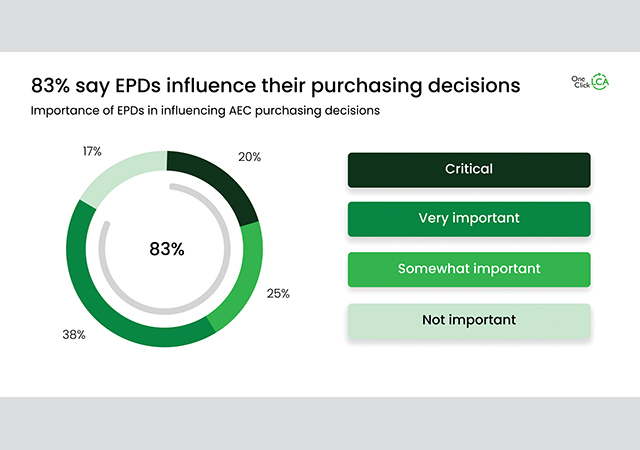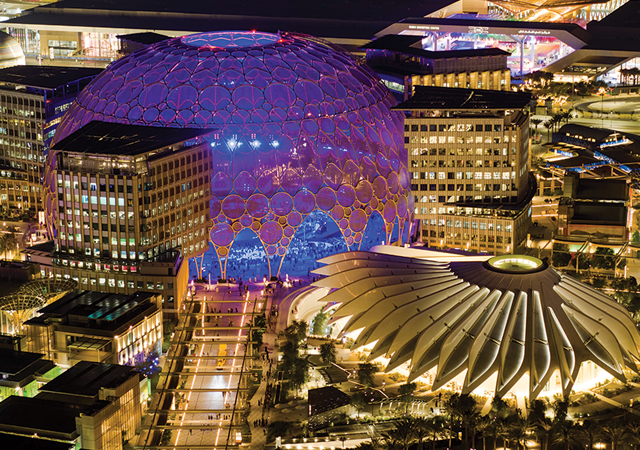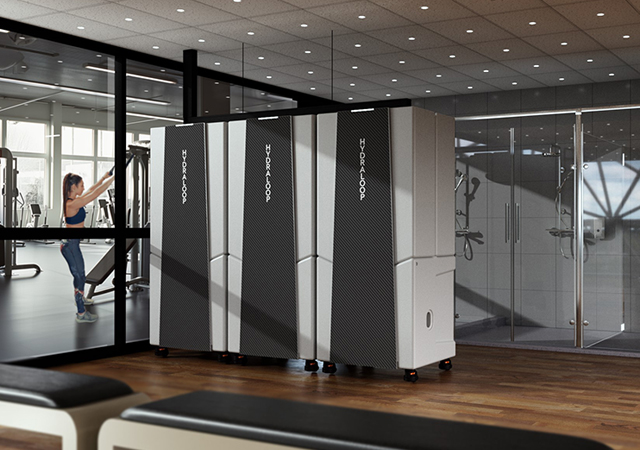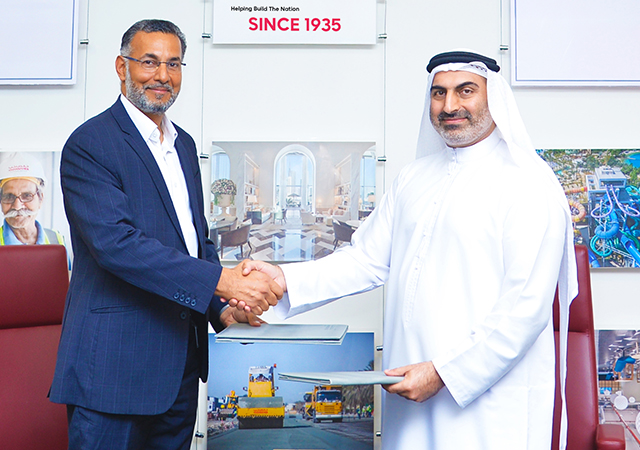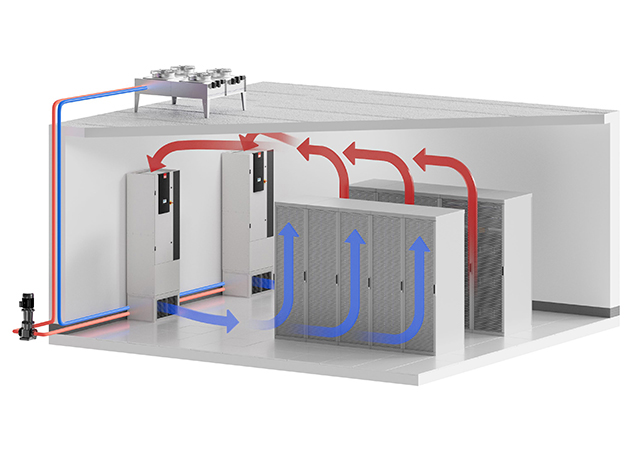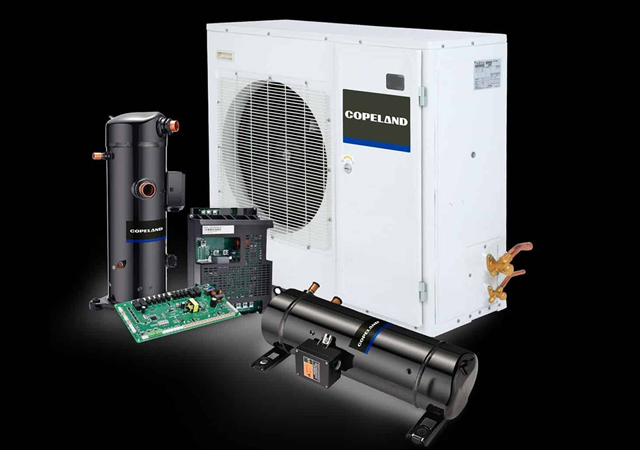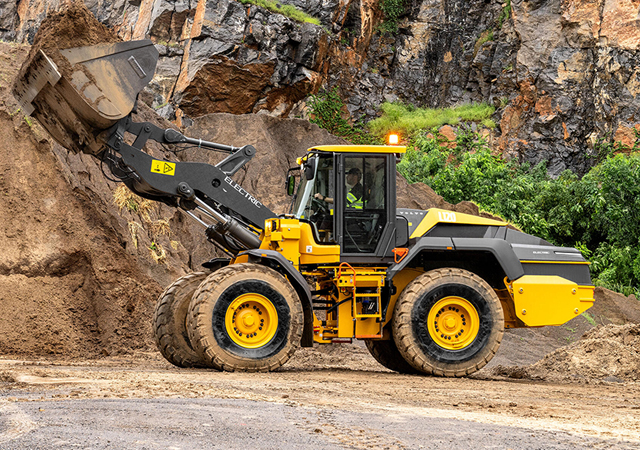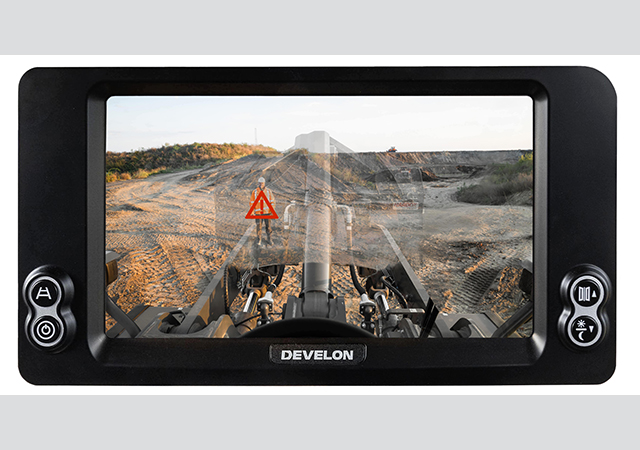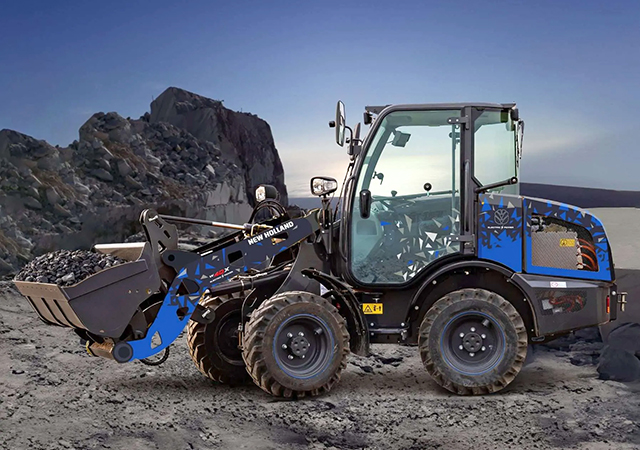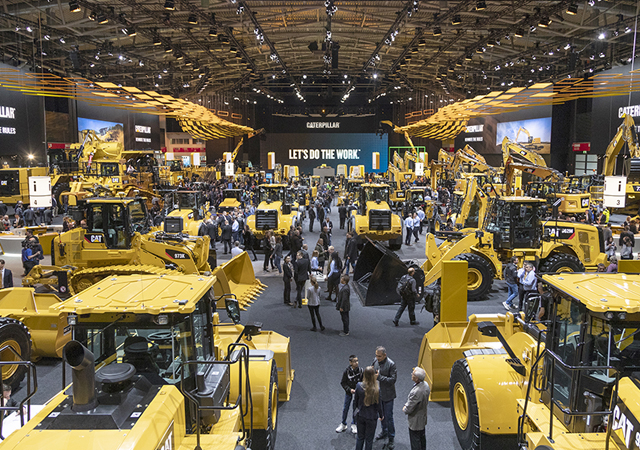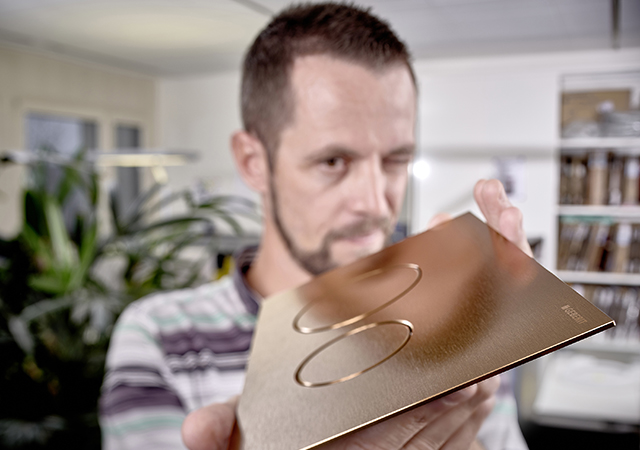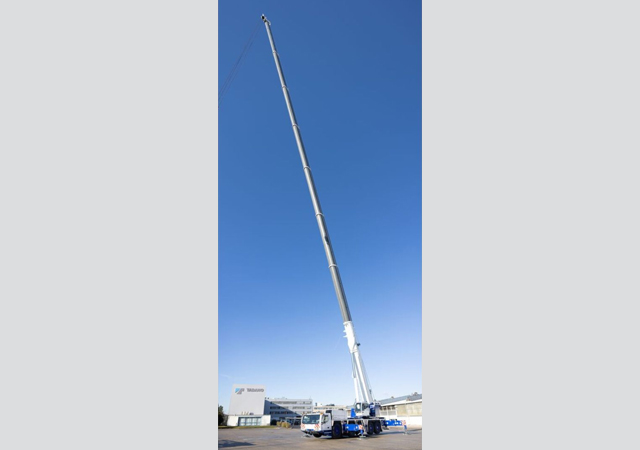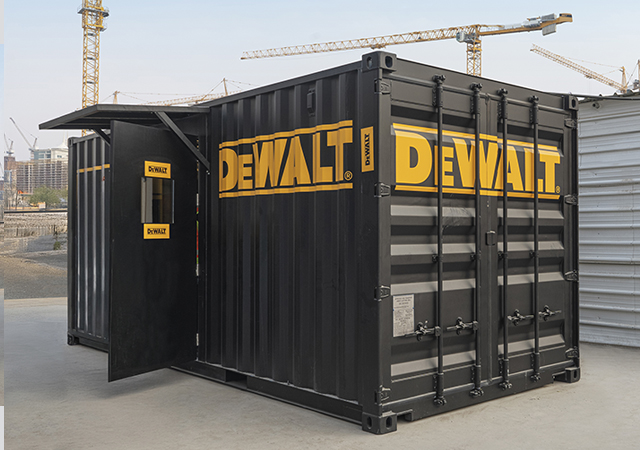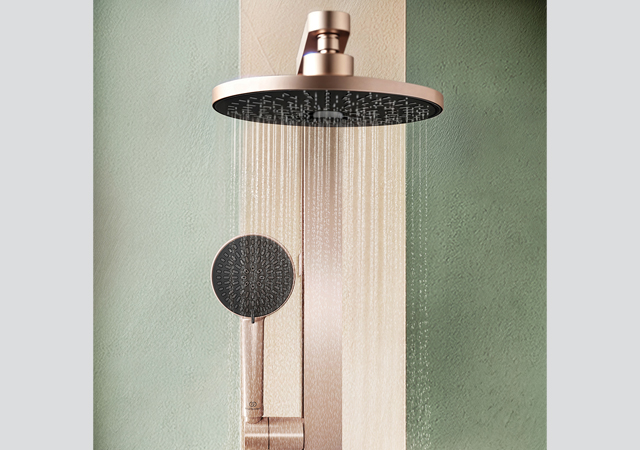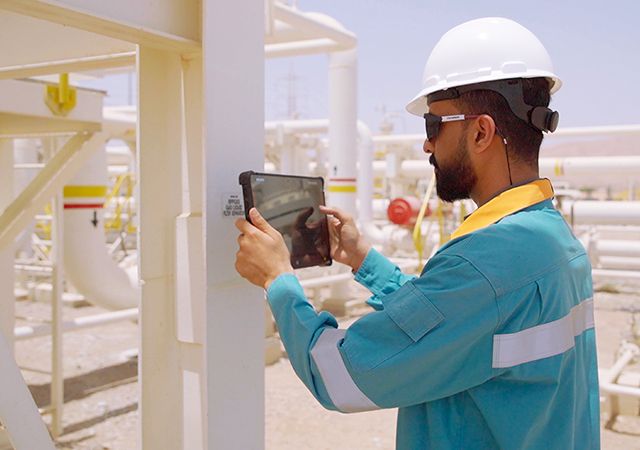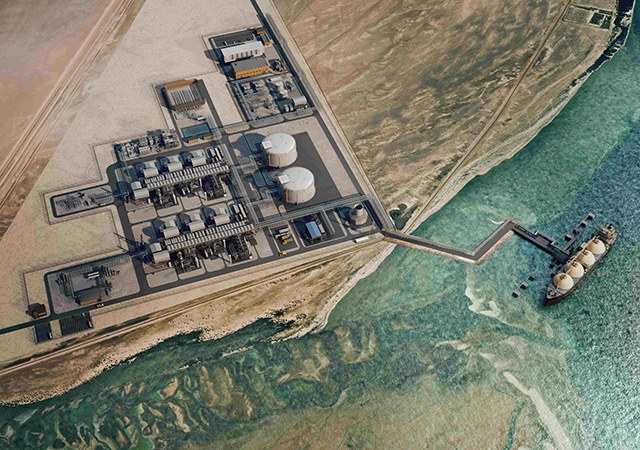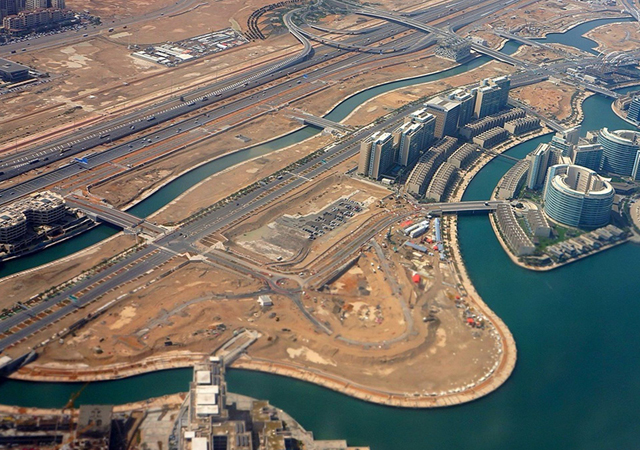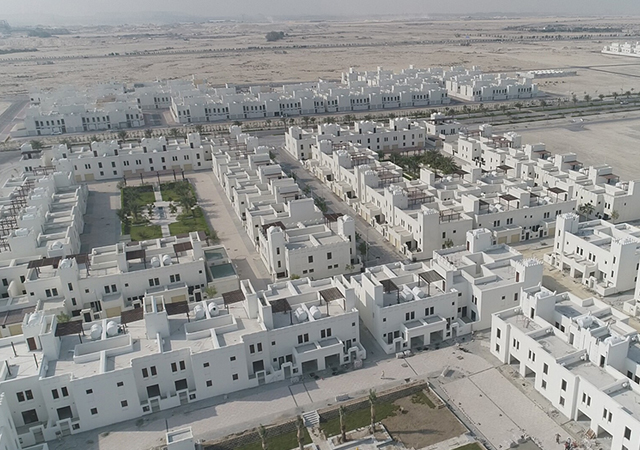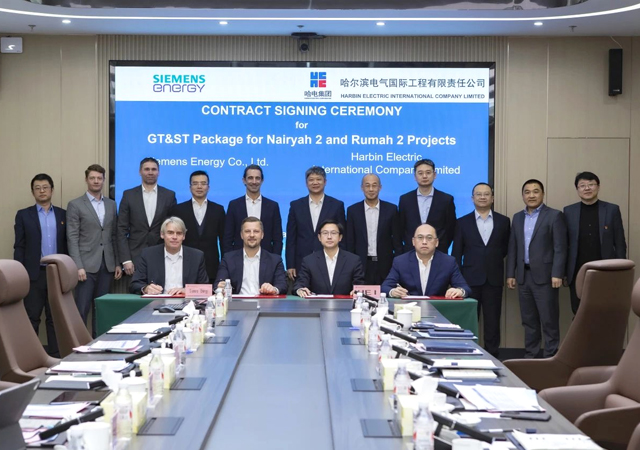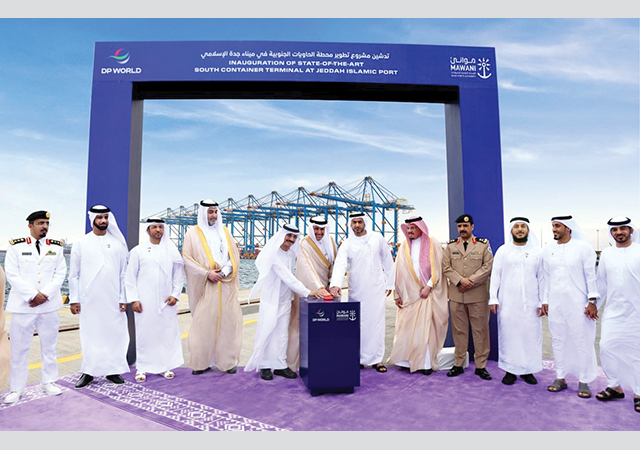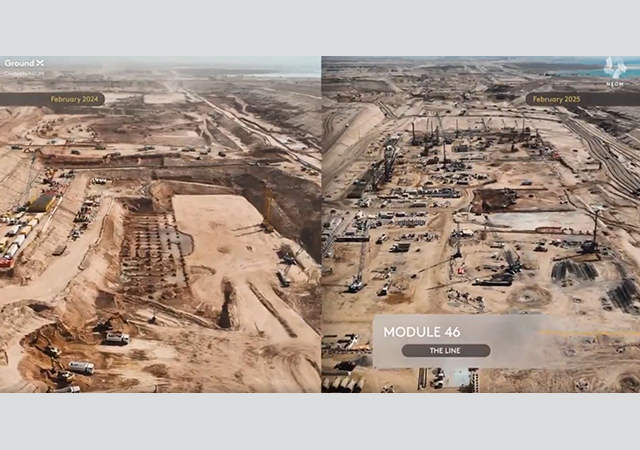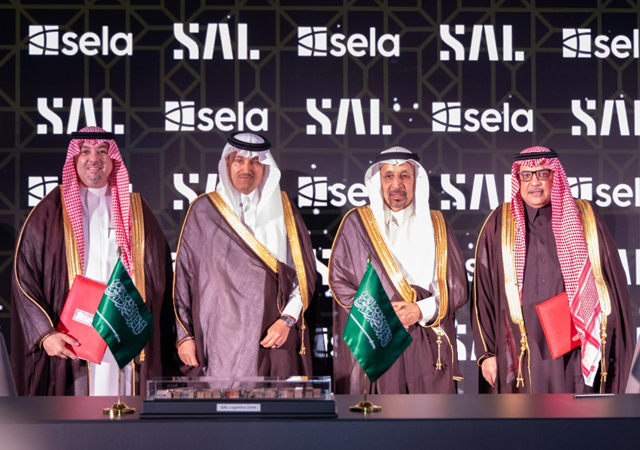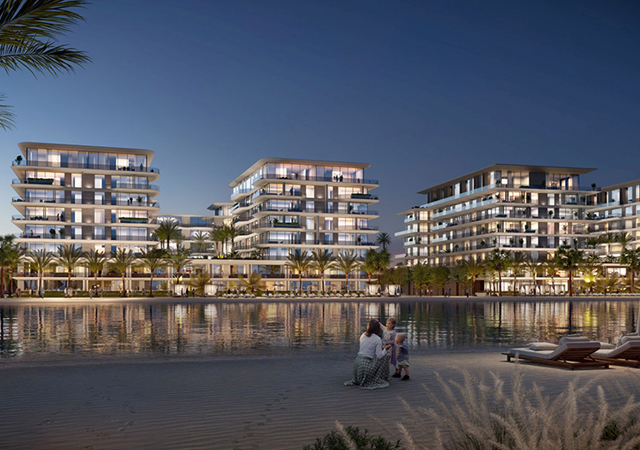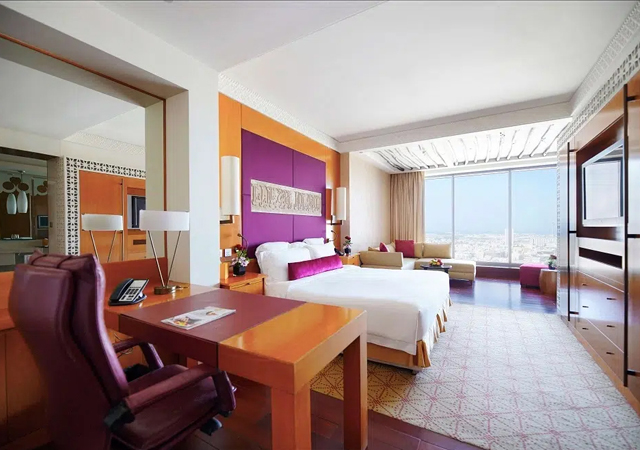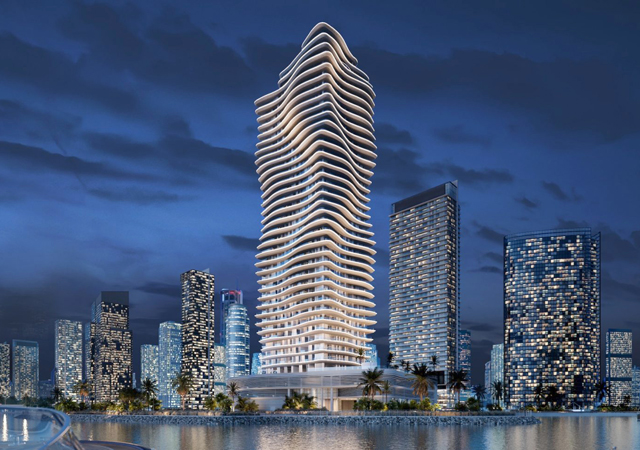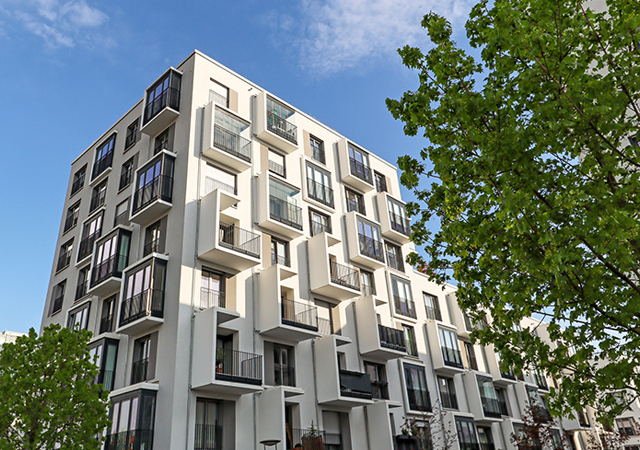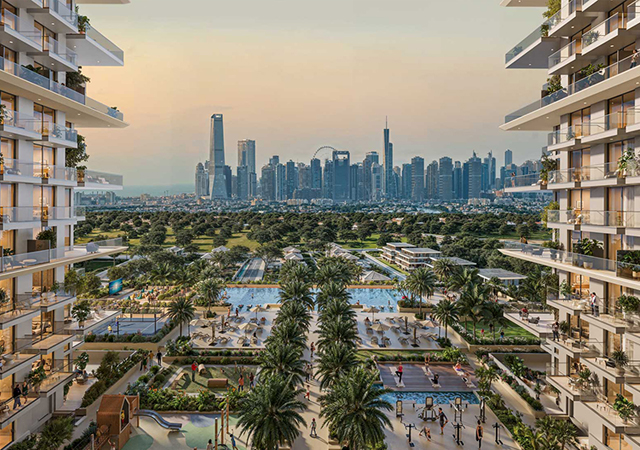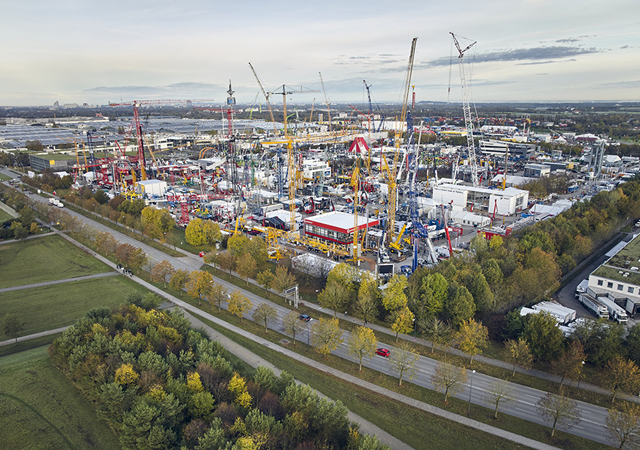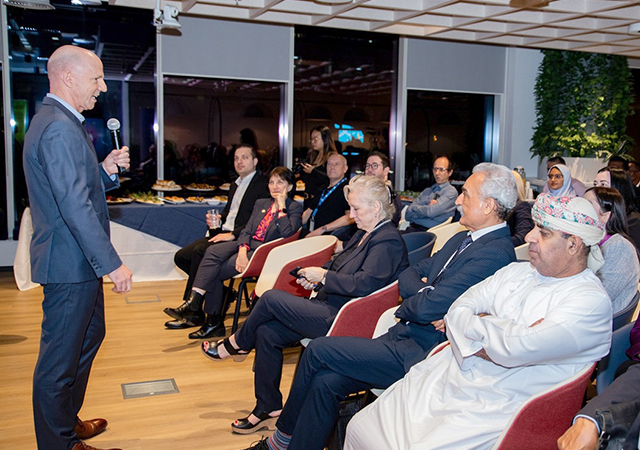
 A cooling unit at a steel rolling plant.
A cooling unit at a steel rolling plant.
WHEN temperatures approach 32 deg C, the potential for heat stroke and other heat-related health conditions become a real concern. Heat poses a danger for not only workers in high temperature environments, but also for livestock and agricultural environments.
‘High temperature environments’ generally refer to those where temperatures are more than 31 deg C for light work, over 28 deg C for moderate work and over 26 deg C for heavy work. According to the US Occupational Safety and Health Administration (OSHA) and other agencies, employees required to work in high temperature environments should be allowed frequent breaks in a cool place to avoid symptoms of heat stress including nausea, dizziness, cramps, confusion, fainting, seizure and even death.
Ventilation is often recommended by these agencies to offset the effects of heat. Some specifically recommend evaporative cooling where available, citing the high cost of installing and operating central air-conditioning, and the additional benefit of evaporative cooling.
Evaporative cooling units, like Port-A-Cool units manufactured in the US, can lower the ambient temperature by as much as 14 deg C, turning a restrictive 32 deg C area into a cooler working environment, reducing employee heat-related health issues and increasing productivity.
These units provide spot cooling where it is needed most with no harmful chemicals or refrigerants and cool economically with efficient, effective resource use.
In addition, Port-A-Cool portable evaporative cooling units provide fresh cool air and require nothing but tap water and 220 to 240 v 50 Hz of electricity to operate. Furthermore, evaporative cooling is up to 50 per cent cheaper to install and three times cheaper to run than refrigerated cooling.
 |
|
Livestock applications ... benefit from Port-A-Cool units. |
Port-A-Cool units can be found worldwide in high-profile industries like oil and gas, steel, building construction, airport projects, race horse stables and various other applications. They have for more than 20 years, proven effective in reducing temperatures in applications ranging from agricultural and horticultural, manufacturing, industrial, business, entertainment, and sports, to home and hobby uses – anywhere that cooling is needed, and traditional air-conditioning is impractical or cost prohibitive.
Evaporative cooling has also been proven to improve indoor air quality because of the introduction of fresh air and moisture that the unit produces.
Beyond the primary concern of health safety for workers and livestock, there are economic benefits to be derived from cooler environments.
According to OSHA ‘rest period’ recommendations, if a staff of 100 workers takes just one additional 10-minute rest period per day, the cost to the company will be 16 hours and 40 minutes in lost production time per day or 83 hours and 20 minutes per week. At $18 per hour pay rate, excluding overtime and including benefits, the cost to the company will be $1,500 per week or $19,500 over the course of a 13-week summer. That is for only one 10-minute rest period per day per 100 workers.
Mentally, workers can become drowsy, unfocused, moody, and the effects of heat stress have been shown to contribute to accidents, work slowdowns and walkouts, according to the US organisation Southwest Michigan Coalition on Safety and Health.
The benefits of evaporative cooling extend into livestock applications as well.
Green aspect
In addition to being healthy and economically smart, evaporative cooling is also environment friendly.
The world is becoming more sensitive to the term “green” and what it means to the environment and the health of our planet. Many companies are rushing to redefine their products and business practices to go green. Some companies such as Port-A-Cool, however, have always been green because it was just the right thing to do.
Evaporative cooling is a natural process. The ancient Egyptians used the same principles to cool their homes by hanging damp mats in the doorway and allowing the wind to evaporate the water and provide cooling.
Port-A-Cool units utilise the same natural cooling methods, but have implemented state-of-the-art technology to perfect the process. The water, held in a sump tank inside the unit, is pure enough to water a garden. Only tap water and 240 v 50 Hz of electricity are required to operate the unit.
Because the Port-A-Cool unit uses a natural cooling process, no harmful greenhouse gases, like carbon dioxide expelled from traditional air-conditioning systems, are released into the air to harm the ozone layer.
Evaporative cooling is the healthiest way to cool because it replaces stale air with clean, fresh air many times an hour – doors and windows remain open. The air is never re-circulated, which means smells and airborne germs are expelled.
In addition, Port-A-Cool units feature a one-piece, rotationally moulded plastic housing, which is leak and rust proof and produced at the company’s manufacturing facility. The company recycles all scrap plastic from the manufacturing process and uses recycled plastic in the mould, reducing waste and harm to the environment.
So, can a cooling technique that has been around since the dark ages still be effective in today’s high tech society? Not only can it provide effective cooling solutions, evaporative cooling can do it without harming the environment with ozone-depleting chemicals.
• Port-A-Cool units are manufactured by Port-A-Cool, a member of the Walter Meier Group, located in Texas, US. The company manufactures and distributes Port-A-Cool and KuulAire portable evaporative cooling equipment and Kuul Pads evaporative cooling media. Port-A-Cool sells through a distributor network in 56 countries.


